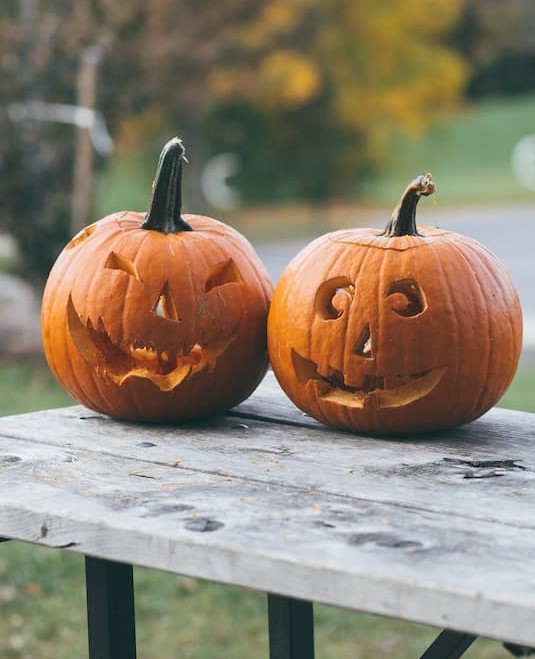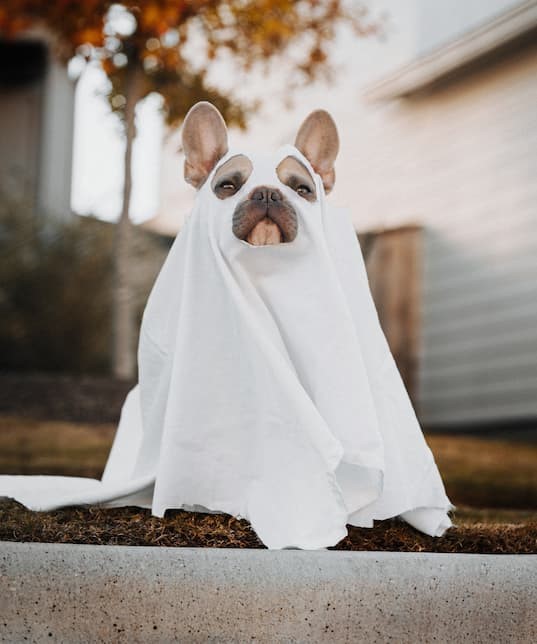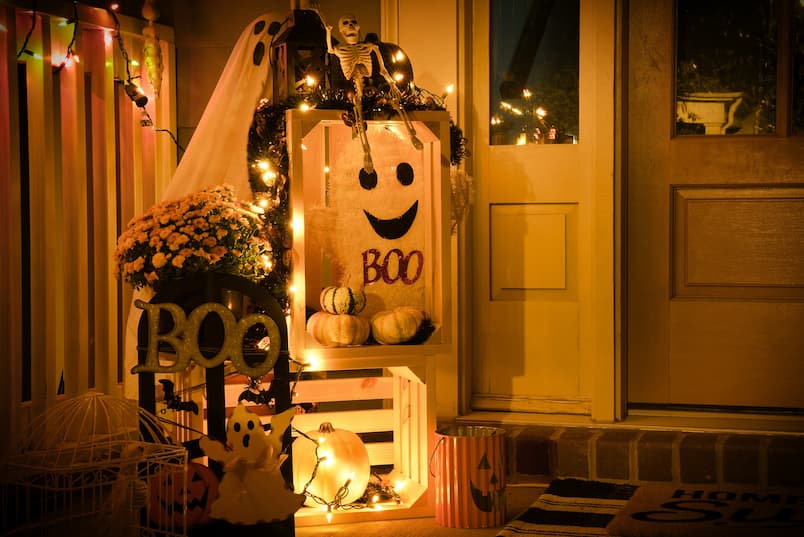The holidays are just around the corner and with the transition into fall there are many people putting out decorations and making their homes festive for the season. Unfortunately, many common Halloween, Christmas, and other seasonal decorations can be disruptive or even dangerous to wildlife. The Wildlife Medical Clinic would like to share ways you can express Halloween cheer in a way that is safe for our scaled, furry, and feathered friends!
Pumpkin carving is a staple of Halloween and it wouldn’t be October without seeing jack-o’-lanterns on people’s doorsteps. Just as much as we enjoy displaying our pumpkins, wildlife enjoy eating them. Keeping decorations in windowsills or pulling them inside at night can be one way to keep critters from enjoying a spooky snack. If pumpkins are kept outdoors, make sure they are not treated with any chemicals and dispose of them properly after the season is over.

Speaking of snacks, Halloween is obviously tied closely to trick-or-treating! Candy is for costumed children (and adults) but your opossum and raccoon neighbors may feel inclined to participate in the fun too. Plastic candy wrappers and the sugary treat within are a hazard if eaten by wildlife, causing upset stomachs at best and intestinal blockages at worst. Make sure candy isn’t left out where wildlife can find it and that wrappers are kept out of the mouths of curious animals. And if you notice litter on the ground, do your local wildlife a favor by putting it in the trash.
Another part of the holiday that can be a problem for wildlife is the decorations. With fake spiderwebs, lights, and tinsel strung around, many animals are at a higher risk of entanglement injuries. If you have deer who like to visit, avoid hanging lights in the areas they frequent and make sure any lights are hung out of reach of wayward antlers. Be mindful of the shape and textures of the decorations you choose. If it has a lot of stringy fibers like fake cobwebs or loops that an animal might get their head stuck in, it may be better suited for displaying indoors. If you have decorations you’re unsure about, checking on them in the morning to make sure no wayward animal has gotten stuck is a good habit.

Remember that many animals in our area are nocturnal and trick or treating after dark means you might startle an animal that wasn’t expecting to see you. Stick to sidewalks and avoid cutting across lawns or through wooded areas. If you’re driving on Halloween, keep an eye out for wildlife on the roads. With increased human activity, confused wildlife may exhibit more unpredictable behaviors. Additionally, decorations that put off a lot of light can be turned off late at night to keep from disrupting the darkness animals are used to.
One of the biggest ways you can help this season is sharing what you learn with the people around you! We care for our local wildlife as a community and your neighbors, friends, and family may not know what is safe and what isn’t. Many of these tips apply outside of the holiday season and you can make a difference by staying educated and passing along these helpful tips. Happy Halloween!
Written by Theodore Berlanga, Class of 2025


